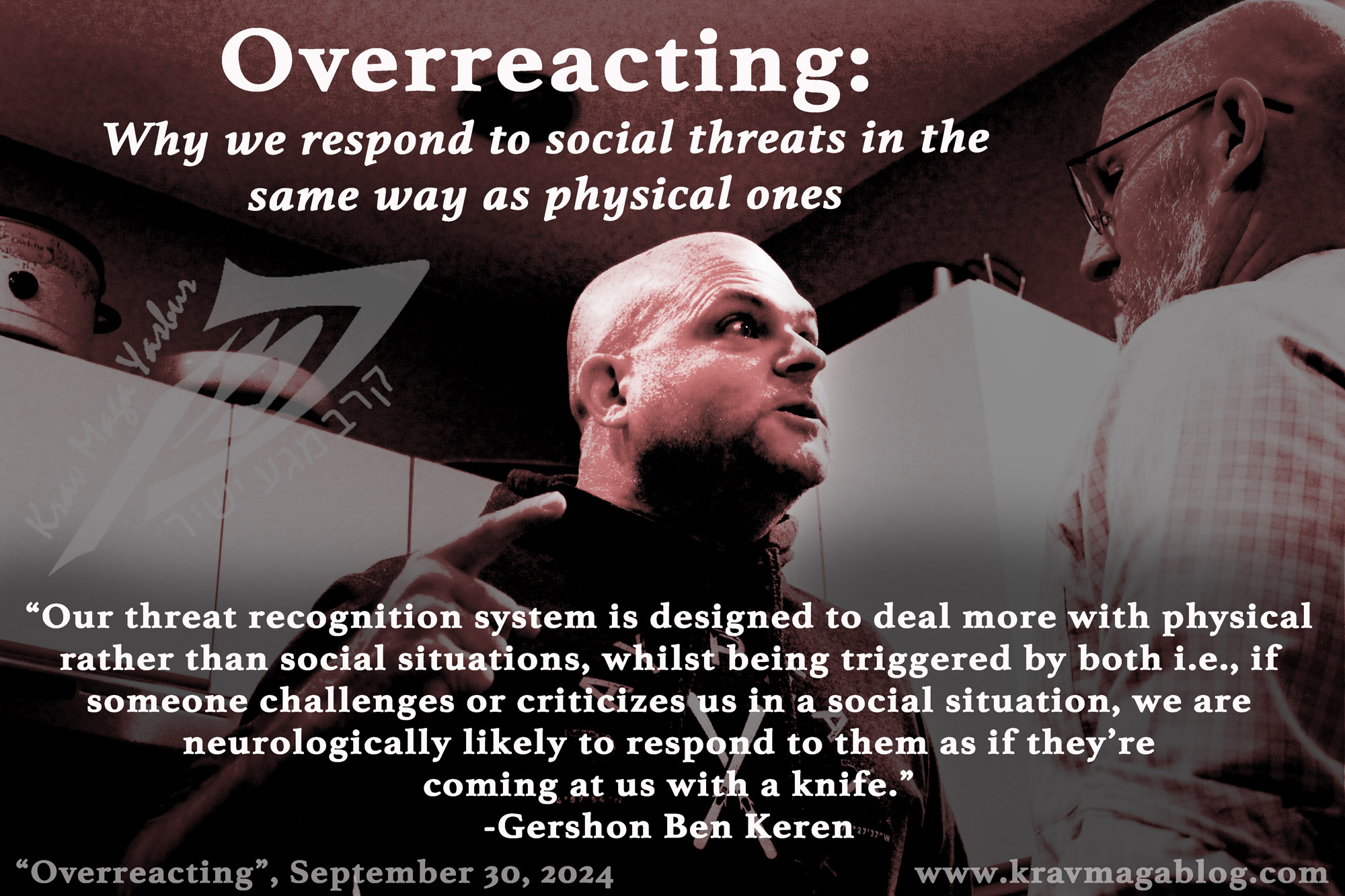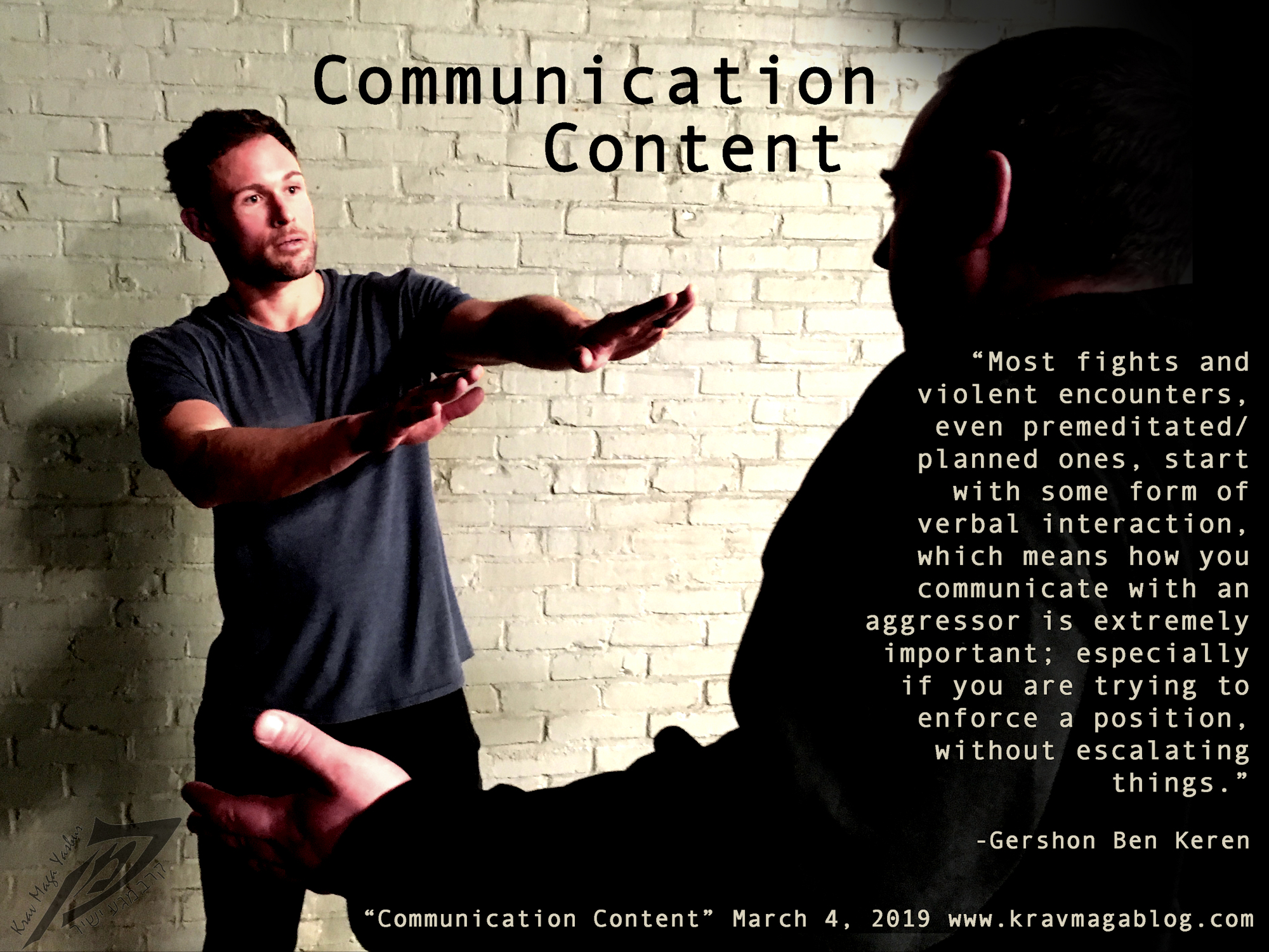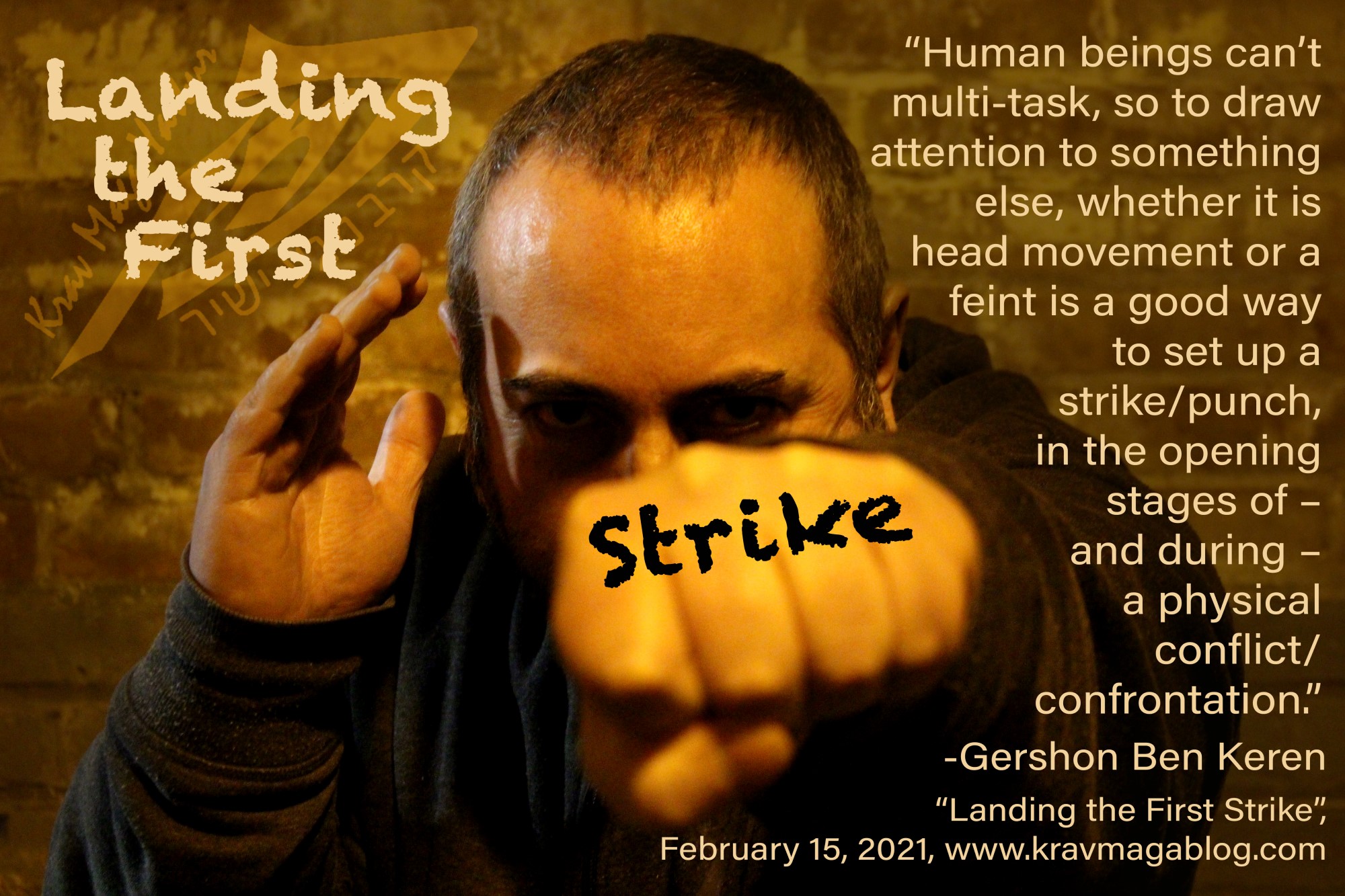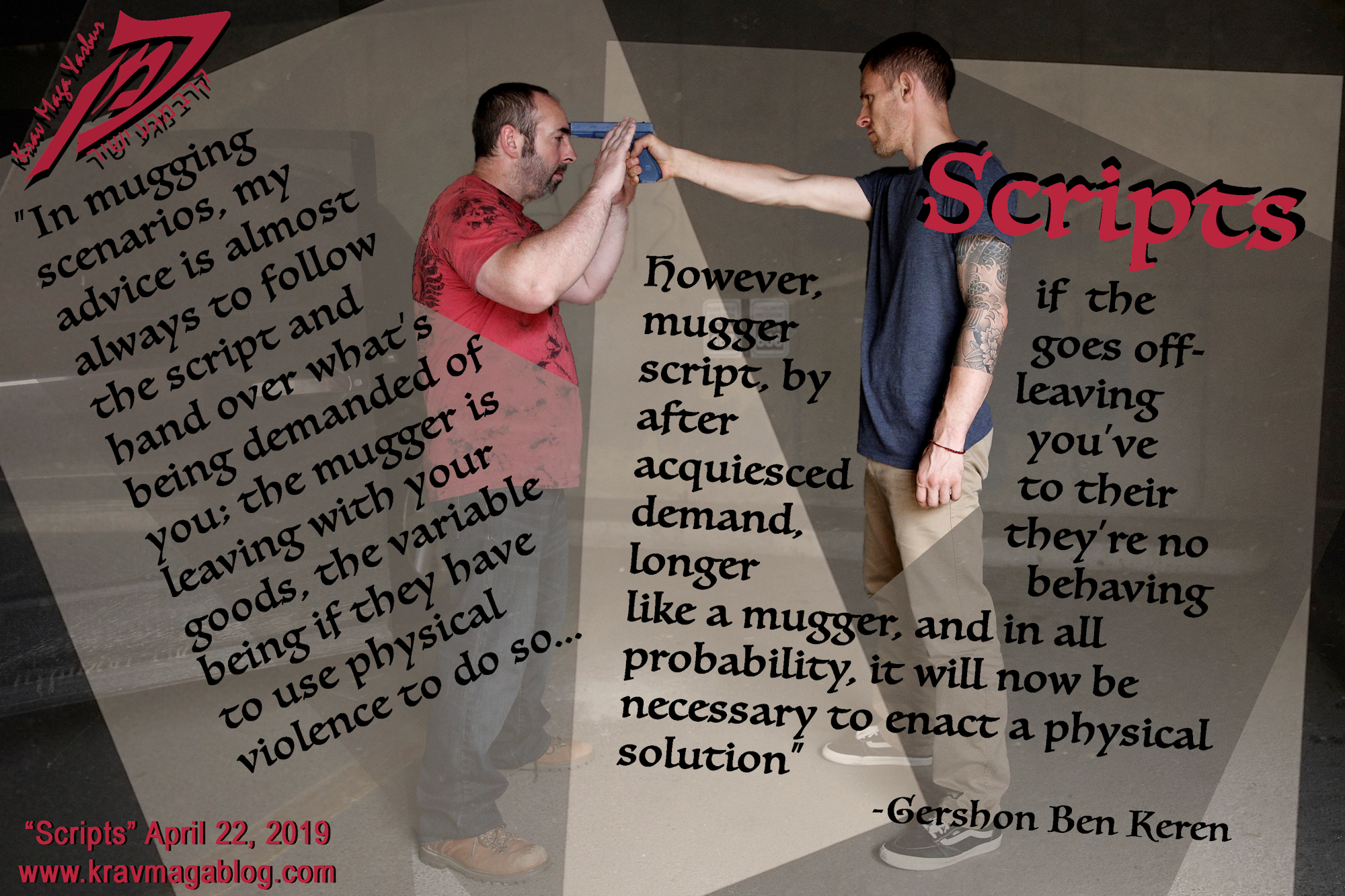Fitness Conditioning, is an article written by Gershon Ben Keren, a 5th Degree Black Belt in Krav Maga, who teaches Krav Maga in Boston, MA. He has also authored three Amazon best-Selling Books on Krav Maga.
I was recently asked to write an article on physical conditioning for Krav Maga; and with people beginning to think about making New Year’s resolutions, which usually include some health/fitness goals, etc., this is perhaps the best time of year to be writing such an article. I believe that it is necessary to have two types of fitness, which are in fact inter-related: you need to have a certain level/type of fitness that allows you to take part in classes without succumbing to exhaustion, and another type/level that allows you to survive a real-life violent confrontation. The two are of course similar, however they are not the same; one must allow you to complete an hour-long class, and the other to survive 5-15 seconds (the average length of a physical encounter), and in certain cases longer if it’s a prolonged ordeal – your fitness in such a case should reflect all the “dimensions” that such longer fights tend to, and may be, composed of e.g. grappling and ground, etc.
One of the best things that distance running taught me (as well as getting me a solid cardio base), was how to regulate and set a rhythm for my breathing rate. This is an extremely useful skill to have when you start to grapple and/or go to ground. If you consider the amount of physical work that you are doing in such situations – moving another person’s resisting body – even when employing leverage, etc., it is still significant. Preventing yourself from becoming exhausted, through controlled breathing, gives you a physical edge over your assailant, who is likely to be panting and exhaling with little or no control. Maintaining an aerobic, rather than anaerobic, breathing rate will ensure that you don’t build up an oxygen debt, which would end up crippling you. I have personally found that putting a 3-5 mile run somewhere into your fitness program helps accomplish this. It’s also a good foundation on which to build and develop your other energy systems.
This type of fitness, will also help you in regular classes and training. If you find your normal classes generally over-exhausting, to the point where you spend more time catching your breath than you do learning and practicing/training, then you will not be able to get the most out of each training session. There are of course moments and times in a class, where the point of the training is to tire and exhaust, however if you’re continually exhausted when you take a class, you need to address your general fitness level, and/or control your breathing so that you maintain an aerobic rate throughout, and can concentrate on learning and practicing technique, as well as improving skills and abilities. This can also be a problem created by instructors where they feel/believe that a class should be perpetually exhausting for the students, which gives students an aerobic high afterwards, along with the sensation of training hard etc. However, being tired is not a good state in which to learn/practice techniques or to try to improve/work on skills, such as controlling range, developing striking power, improving movement, etc. A Krav Maga class should have elements of a work-out and help improve general fitness, but the overall goal of a class should be to develop and improve fighting/survival abilities.
In most physical altercations I have been involved in, or witnessed, everything is over within about 15 seconds. Training to be able to work at maximum intensity for this period of time, recover quickly, and then work again at this rate for this duration, and repeat, is the type of fitness you are generally looking for. When I trained competitive Judo, we used to train for 5 minutes of sustained high intensity, with a 10 second break, followed by another 5 minutes, another 10 second break, with a further 5 minutes. The idea was that you might take the full 5 minutes (the length of a match) to win your contest, and then have the next two fighters end their bout immediately, and be called back to fight again, etc. In short, if you were unlucky enough to see a full contest go this way, you may have to fight for 15 minutes in a row – unlikely, but something we prepared for. Unfortunately, real-life confrontations aren’t as predictable, however training in a similar manner for 15 seconds of maximum output will allow you to perform this way.
One of the best ways I have found to develop this intensity is hill sprints. Find a hill that takes you 15 seconds to sprint, and run it as fast as you can. After sprinting it, jog down, and repeat – not sophisticated but very effective. I have generally found that combining this type of training with running distances of 3-5 miles at medium intensity got me into the best shape.
I have also found that lifting weights has helped my overall fitness, especially when it comes to working explosively for short periods of time. For me, the Power Clean, is one of the best exercises to develop composite overall explosive strength. Not only does it improve your strength and power, it teaches you how to chain muscle groups together, which is extremely useful in educating the body as to how to perform a similar action when punching. Just like a Power Clean, a punch starts at the ground, and works its way through the muscle groups. In recent years, I have combined Power Cleans with lifting Atlas Stones, to both vary my workouts, and put emphasis on the development of different muscle groups. I have found that I have benefited most from these exercises when I perform them as either single individual lifts, or in sets of 4; lifting heavy when I do. When this is combined with pad and bag work there is little risk of becoming “heavy” or “muscle bound”.
In my younger days, I used to use extremely complex workout routines, with on days and off days, splitting muscle groups, weights and running, etc. As I’ve become better educated and trained, I have recognized that general fatigue of the nervous system is the biggest inhibitor of training. This has led to me training on the days when I feel I have the energy to train, and resting when I don’t. This does take a level of discipline, and the need to resist the tug of laziness, however it has resulted in me being able to train injury free.
0 COMMENTS














